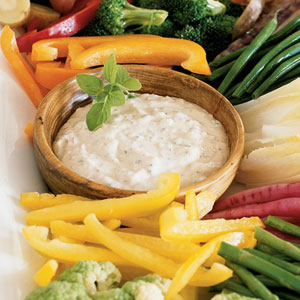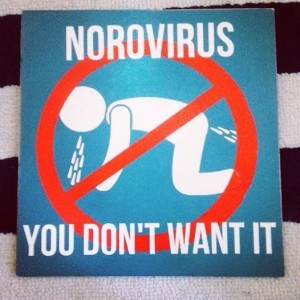The Sponge-Bob leafy greens cone of silence has once again been deployed with 21 sick from E. coli O157 linked to Romaine lettuce.
 The Public Health Agency of Canada made the announcement Monday night, so it’s time for another edition of spokesthingy fairytales. The statements in italics are from the Public Health Agency of Canada. The comments below are mine.
The Public Health Agency of Canada made the announcement Monday night, so it’s time for another edition of spokesthingy fairytales. The statements in italics are from the Public Health Agency of Canada. The comments below are mine.
The Public Health Agency of Canada is collaborating with provincial public health partners, the Canadian Food Inspection Agency and Health Canada.
How do you know a Canadian is making a presentation at a scientific conference? They spend half the talk noting collaborations.
At this time, there are no product recalls associated with this outbreak. The outbreak investigation is ongoing, and this public health notice will be updated on a regular basis as the investigation evolves.
We’ll see.
The risk to Canadians is low.
If you have no product recalls, no real clues other than some lettuce, how can you say the risk is low?
However, Canadians are reminded to follow safe food handling practices for lettuce to avoid becoming ill.
Washing does almost nothing to improve the safety of leafy greens, other than to remove the snot from an appropriately heightened 5-year-old and make consumers feel better.
 Most people with an E. coli infection will become ill for a few days and then recover fully.
Most people with an E. coli infection will become ill for a few days and then recover fully.
Unless you’re part of the percentage that has life-long health issues from eating a salad.
Some E. coli infections can be life threatening, though this is rare.
But it really sucks when it happens.
Currently, there are 21 cases of E. coli O157 illness under investigation in three provinces: Quebec (3), New Brunswick (5), and Newfoundland and Labrador (13).
These are not prime lettuce growing areas in Canada, in November.
Individuals became sick in November 2017. Ten individuals have been hospitalized.
No deaths have been reported.
See, no biggie. But this was issued Dec. 11. 2017. So was it early November or late November. The difference is hugely significant when assessing the timeliness of the announcement.
The Canadian Food Inspection Agency is working with public health officials to determine the source of the romaine lettuce that ill individuals were exposed to.
Which will be buried and vaguely released in some journal article a couple of years from now.
The following food safety tips for lettuce will help you reduce your risk of getting an E. coli infection.
- Wash your hands thoroughly with warm water and soap for at least 20 seconds, before and after handling lettuce.
Water temperature doesn’t matter.
- Discard outer leaves of fresh lettuce.
- Wash your unpackaged lettuce under fresh, cool running water. There is no need to use anything other than water to wash lettuce. Washing it gently with water is as effective as using produce cleansers.
And neither are effective at removing pathogens.
- Keep rinsing your lettuce until all of the dirt has been washed away.
- Don’t soak lettuce in a sink full of water. It can become contaminated by bacteria in the sink.
- Ready-to-eat lettuce products sold in sealed packages and labelled as washed, pre-washed or triple washed do not need to be washed again.
- Use warm water and soap to thoroughly wash all utensils, countertops and cutting boards before and after handling lettuce to avoid cross-contamination.
- Store lettuce in the refrigerator for up to seven days. Discard when leaves become wilted or brown.
- Bagged, ready-to-eat, pre-washed lettuce products should also be refrigerated and used before the expiration date.
The Government of Canada is committed to food safety.
The Government of Canada is committed to creating a perception of commitment to food safety.
The Public Health Agency of Canada leads the human health investigation into an outbreak and is in regular contact with its federal and provincial partners to monitor the situation and to collaborate on steps to address the outbreak.
Thanks for the org-chart update.
This is nothing but crass industry-government-academia politico ass-covering.
At some point, the people barfing would probably appreciate something just a tad more human.










